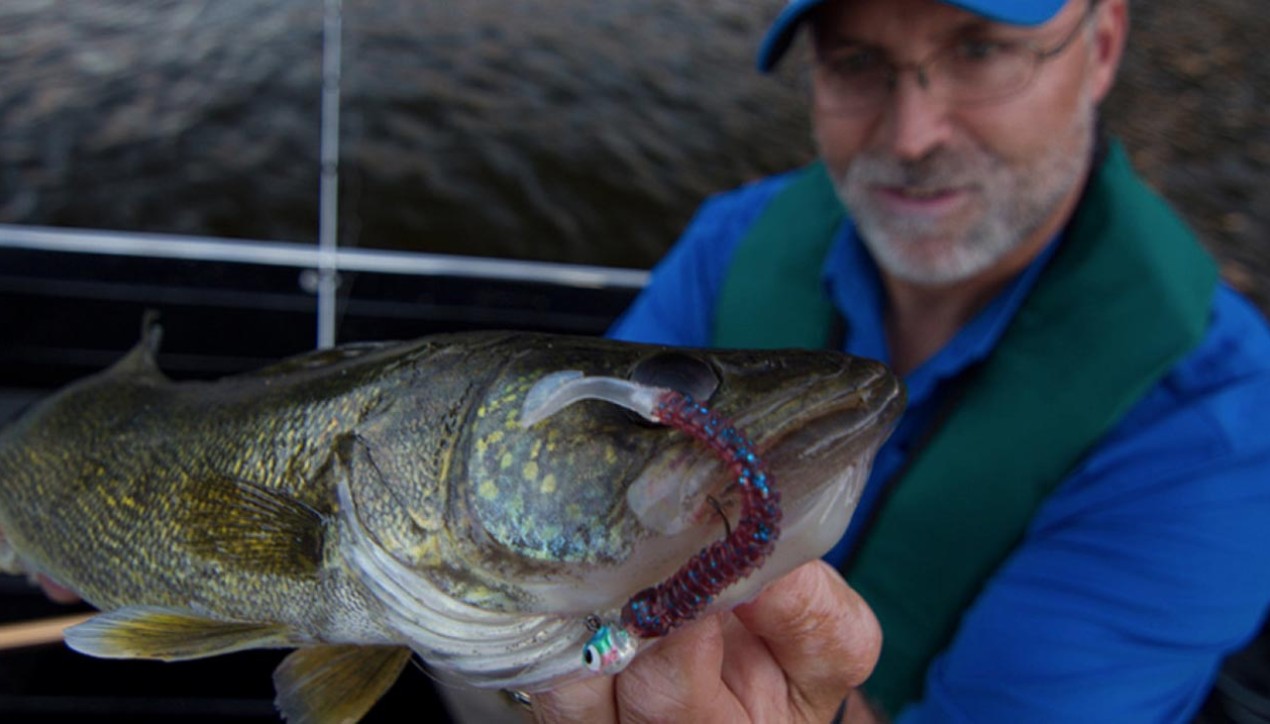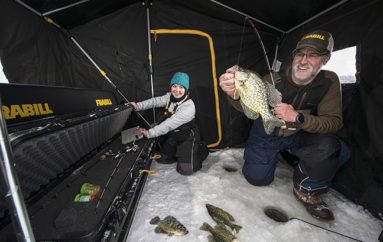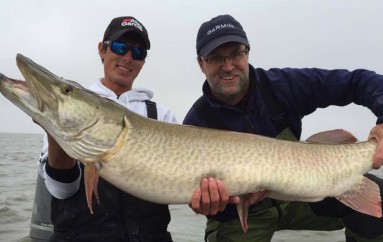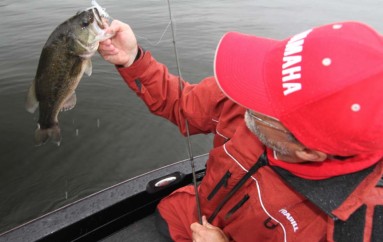
When Catch & Release is Flat Wrong
After nearly two full days of traveling, we arrived at the remote fishing camp, a bit road weary but excited to fish a new lake. Like many camps, this one had a guest book signed by the anglers who had fished the camp prior to our early June arrival and from what I read the fishing was off-the-charts incredible during the month of May. One group of four anglers had caught “and released” (per the guestbook) more than 1,800 walleyes the week before our arrival! As I mulled this over another angler looking over my shoulder at the same lines I was reading asked the same question I was thinking: “Wonder how many of them are still alive.”
There are all kinds of studies that have looked at mortality rates of fish caught and released by anglers. Some catch & release statistics focus on specific species; while others look at types of baits used (live versus artificial). Some, like the one done at Queens University in Ontario, Canada, focused on other variables like the effect time out of the water as on fish. The results from the Queens University study were especially disappointing as it discovered that:
Only 88% of “exercised” (to simulate being landed on hook and line) rainbow trout survived if released immediately after capture;
Just 62% of trout survived if kept out of the water for 30 second before being released;
A meager 28% of trout survived if kept 60 seconds;
Clearly, the longer a fish is held out of the water the lower its blood oxygen levels will be and the lower it goes the fewer the fish that will survive, but the survival numbers seem a bit low, at least when compared to other studies that typically show high survival rates (95 to 97%) for freshwater fish caught on artificial lures or flies. What is clear is that catch & release angling is a critical conservation tool, but it’s also one that can be abused.
For argument sake let’s use 97% survival rate and see what potential impact the four anglers likely had on the lake in which they landed 1,800 walleyes in 5 days. Assuming just three of every 100 fish caught died, the anglers “killed” 54 walleyes during their stay. Now let’s assume the anglers each kept one fish for shore lunch for fours days and also took home their legal limit of four on the last day and compare the numbers. Four x 4 = 16 fish for shore lunch and 4 x 4 = 16 fish brought home for a total of 32 fish…or 22 fewer dead fish.
What’s my point to all this? Well, actually I have two. First, even under best-case scenarios catch & release angling has some impact on the fish population. As anglers we control somewhat the number of fish that live or die by the methods we use to catch them and how we handle them once they are in our possession. Imagine if the anglers who landed the 1,800 fish had not handled them properly and the survival rate was just 12% in the scenario above. Suddenly, the number of dead fish grows to 212.
Secondly, I want to make it clear that while I believe catch & release is critical, I’m also a fan or keeping fish for the table.
– Steve




